How UMass spent its Summer
UMass was busy this summer with much to be proud of across the five campuses. #UMassProud
As August winds down and back-to-school approaches, let's look at some accomplishments and milestones from this summer across the five campuses, from welcoming a new chancellor to achieving groundbreaking research in marine science and medicine to investing in our world-class faculty - there is much to celebrate.
Here are just a few highlights from across the five campuses:
UMass Dartmouth
It's no secret the Great White shark population is experiencing a resurgence.
Megan Winton '23, Ph.D. candidate at UMass Dartmouth's School for Marine Science and Technology (SMAST) and staff scientist at the Atlantic White Shark Conservancy (AWSC), is the lead author of a study on Cape Cod's great white shark population published July 27, 2023 in the journal Marine Ecology Progress Series.
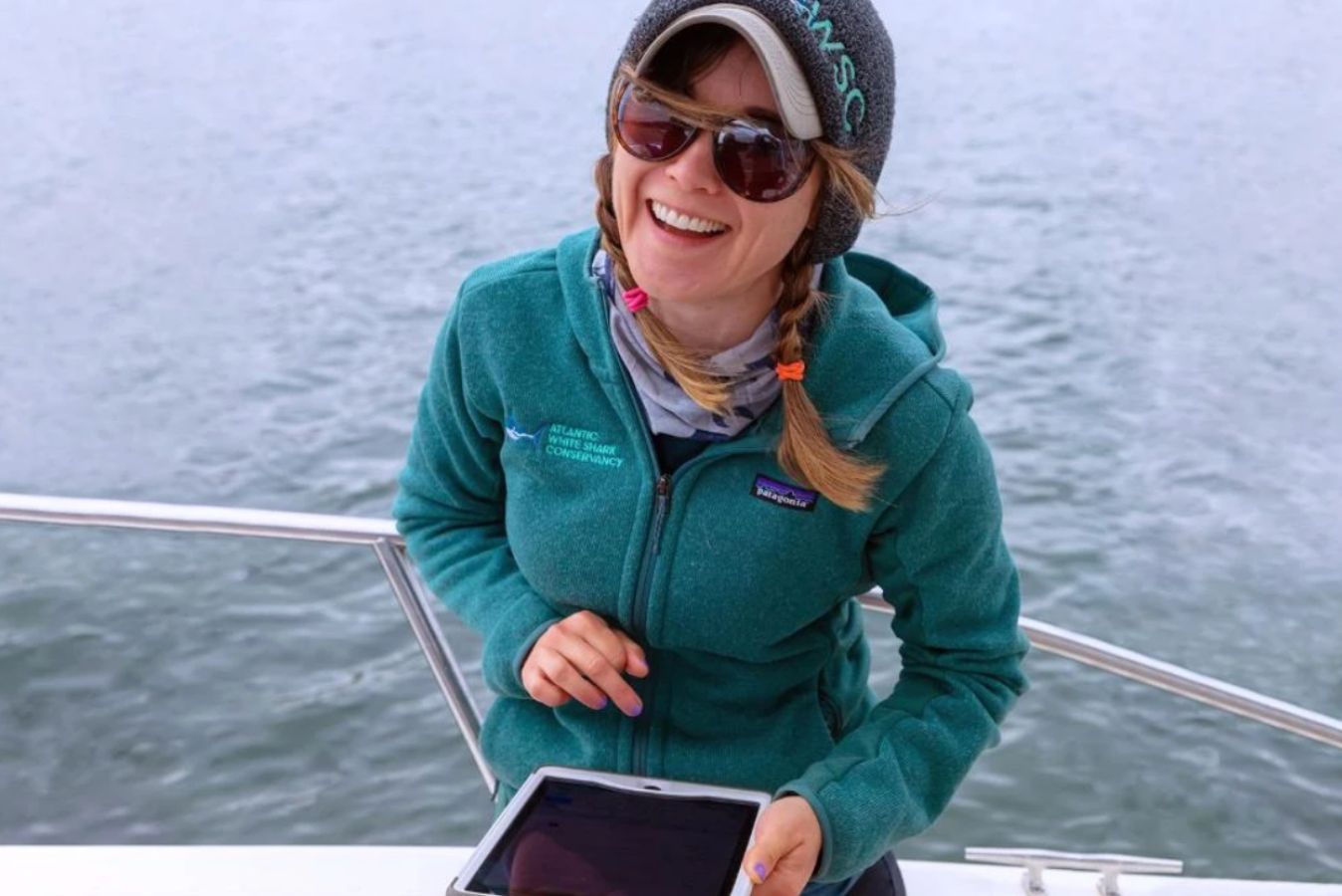
"One of the big questions we've been trying to answer since 2014 is how many white sharks are coming here every year."
Over the last decade, the presence of white sharks in the waters off Cape Cod has presented a public safety concern, as shark activity coincides with the booming summer tourist season.
UMass Boston
Robotics and Engineering Club Wins NASA Competition - Winning First Place, $15,000 and Mentorship from NASA Experts.
The two teams competed in NASA’s MUREP Innovation Technology Transfer Idea Competition (MITTIC), which challenges students to take one of NASA’s many intellectual properties and expand or improve upon it to create a product or service that can be used for everyday use, developing a marketable device and business plan.
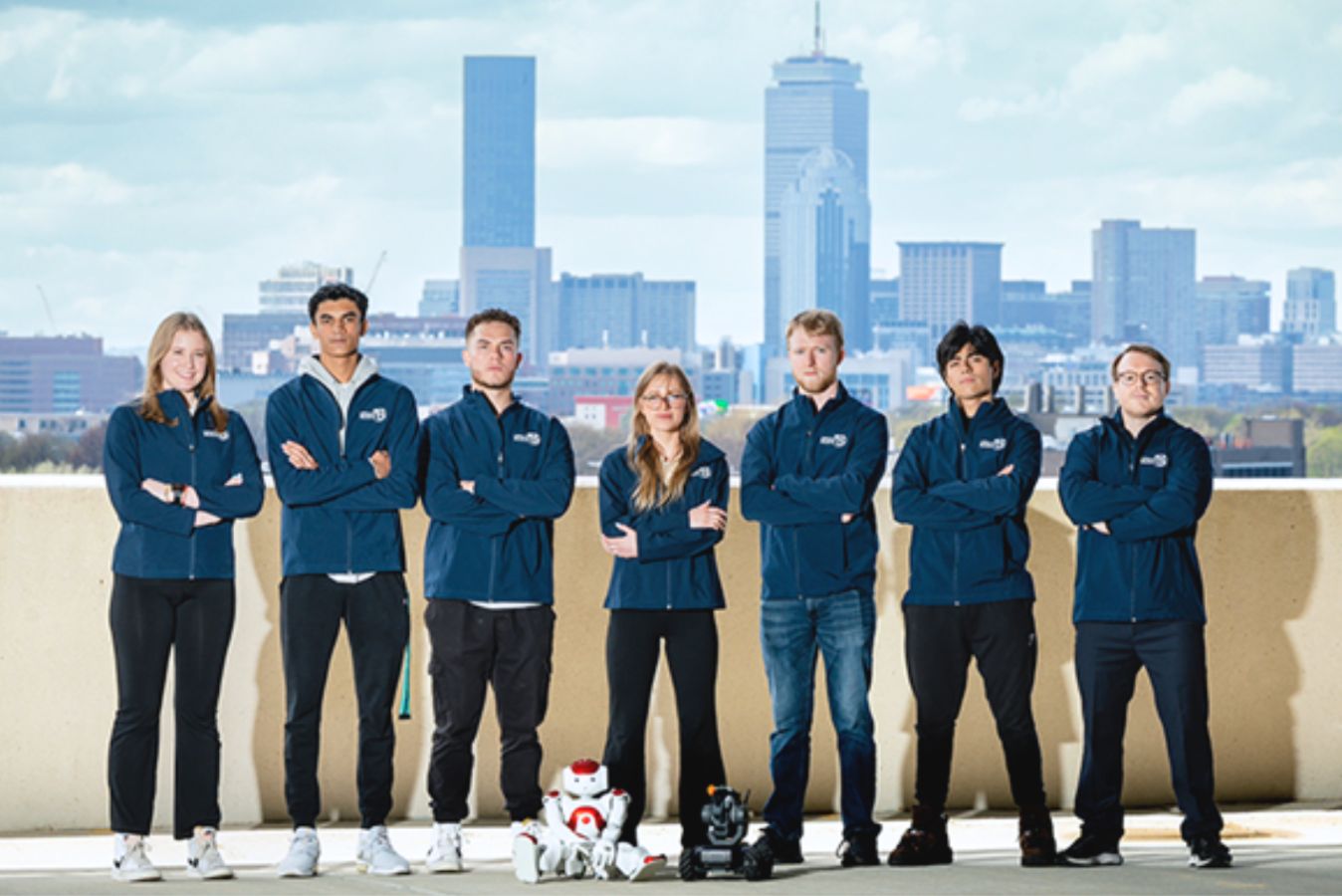
UMass Boston’s team of seven students utilized a laser diode sensor array to create a next-generation smoke, carbon monoxide, and air quality sensor. This past spring, the team made it to the qualifying round, competing against seven other teams at NASA's Johnson Space Center in Houston, Texas.
UMass Lowell
Awarded $5.5M to Establish Space Technology R&D Hub on Campus
UMass Lowell was awarded nearly $5.5 million by the state and the Innovation Institute at the Massachusetts Technology Collaborative to develop a new hub at the university that offers a one-stop support system for researchers and businesses looking to design, build, and test small satellites and spacecraft components.

Called the Massachusetts Alliance for Space & Technology & Sciences (MASTS), this consortium is spearheaded by Physics Prof. Supriya Chakrabarti, director of the UML Lowell Center for Space Science and Technology (LoCSST).
“Right now, we have several companies and academic institutions in the region doing their own things, but there’s no cohesive facility that brings them all together. So, I’m very honored that we now have the opportunity to create such a facility right here on campus.”
UMass Amherst
Summer Internship Living at Mount Ida
More than 50 UMass Amherst students across 29 different majors lived on the Mount Ida Campus of UMass Amherst this summer while they interned at diverse companies and nonprofits across Greater Boston, such as Boston Children's Hospital, Wayfair, Deloitte, Bose Corporation, and Mothers' Milk Bank Northeast.
UMass Amherst students lived on the Mount Ida campus this summer. Chancellor Javier Reyes and wife Maritza, pictured below with students, visited the campus to learn about their internship experiences firsthand.
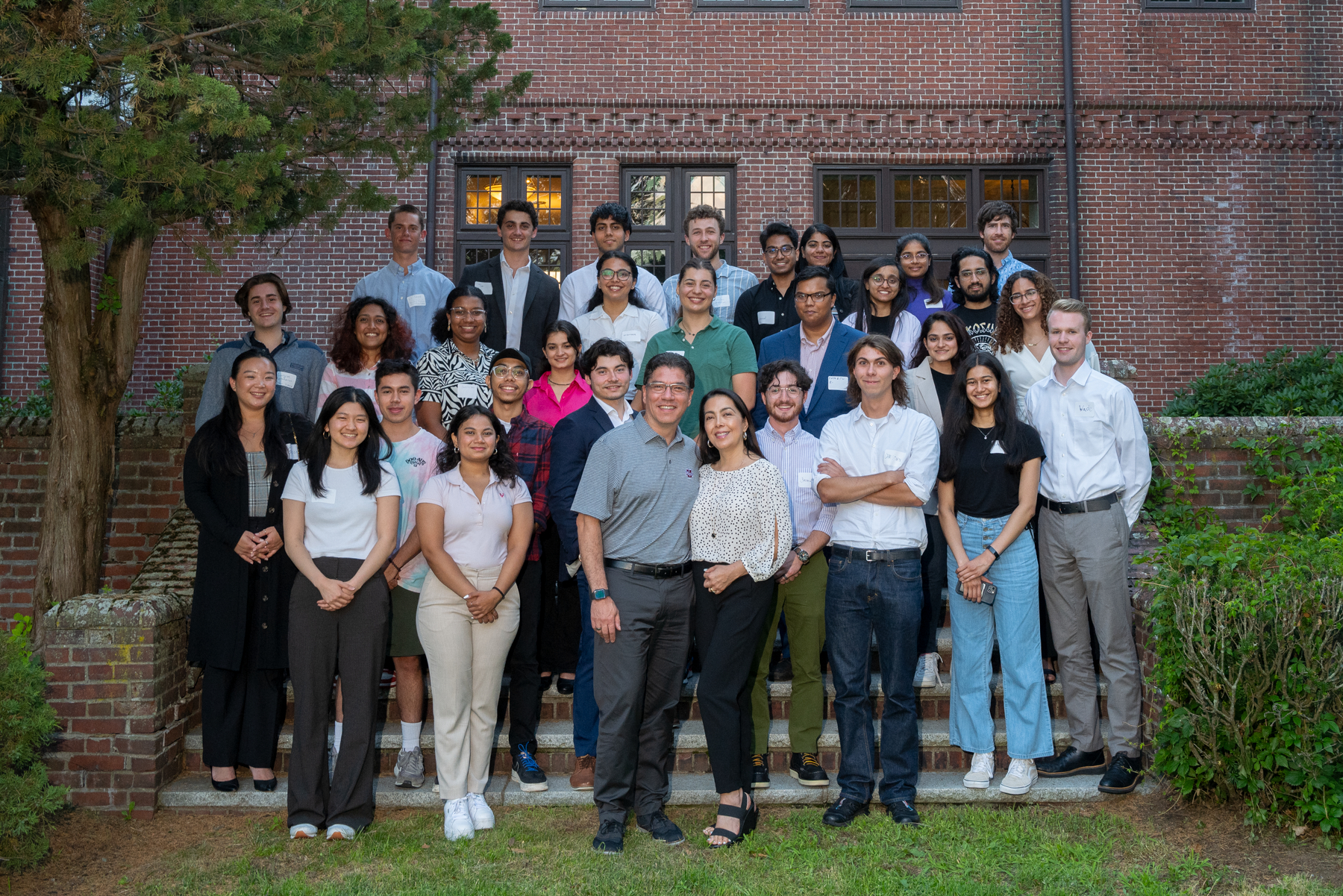
Nour Abdulmajid, who interned as a Teaching Assistant at the School of Design Academy, shares their experience below in a screenshot from LinkedIn:
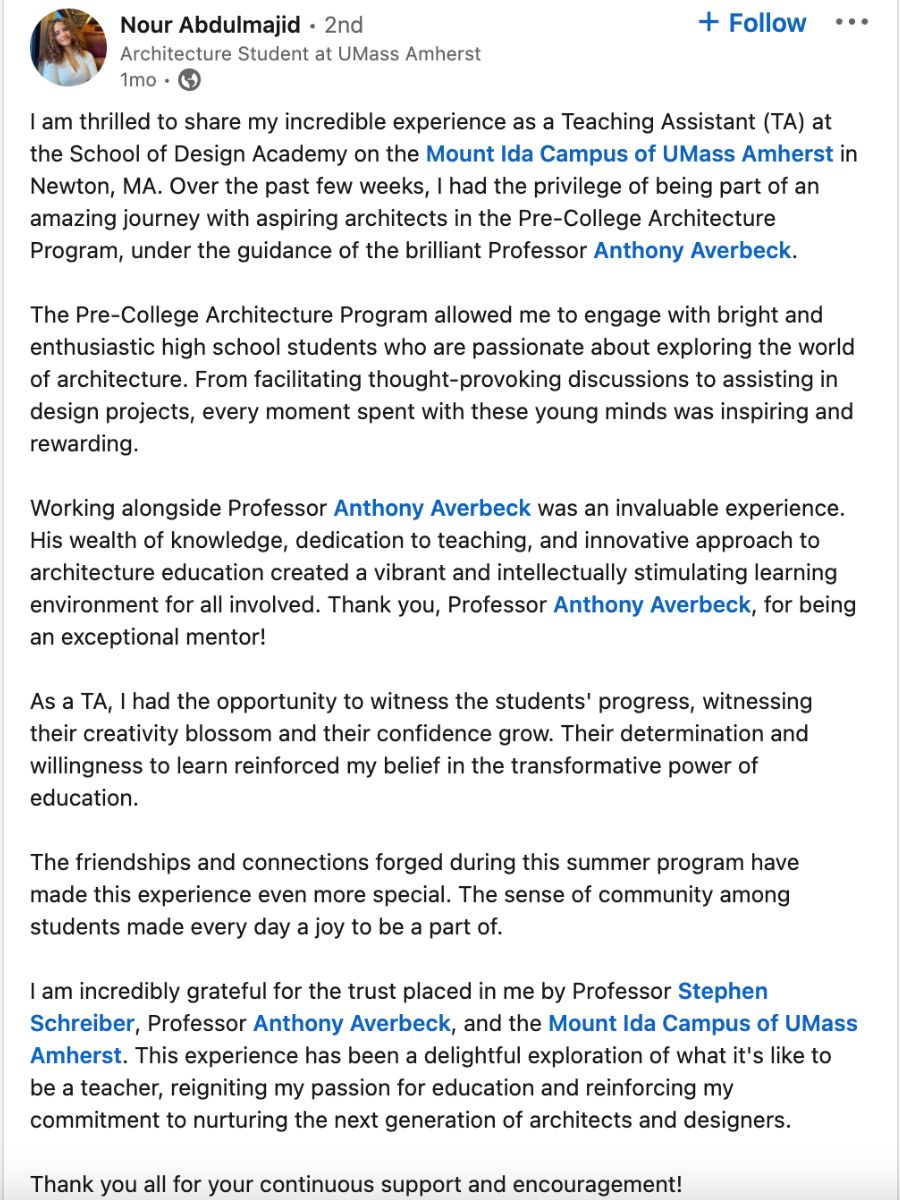
UMass Chan Medical School
Zebrafish are helpful models for studying skin conditions like vitiligo and melanoma.
In a July 2023 article featured on The Conversation, Craig Creol, Ph.D., Assistant Professor, Program in Molecular Medicine, UMass Chan Medical School, discusses his 20 years studying melanocytes and the role these cells play in disease.
What are melanocytes?
Melanocytes are a small subset of epidermal cells that play an outsize role in protecting the skin from the damaging effects of sun exposure. A shortage of working melanocytes causes many skin conditions, including skin cancer and vitiligo.
Unlike melanocytes in mice or human skin, zebrafish melanocytes are externally visible. Since melanocyte stem cells in zebrafish are externally visible, Creol tracked these cells in real time to see how they divided and matured.
"The unique features of zebrafish have allowed us to uncover a new mode of cellular regeneration. Because of cross-species similarities, we expect that these and many other findings from research using zebrafish may be applied to human biology."
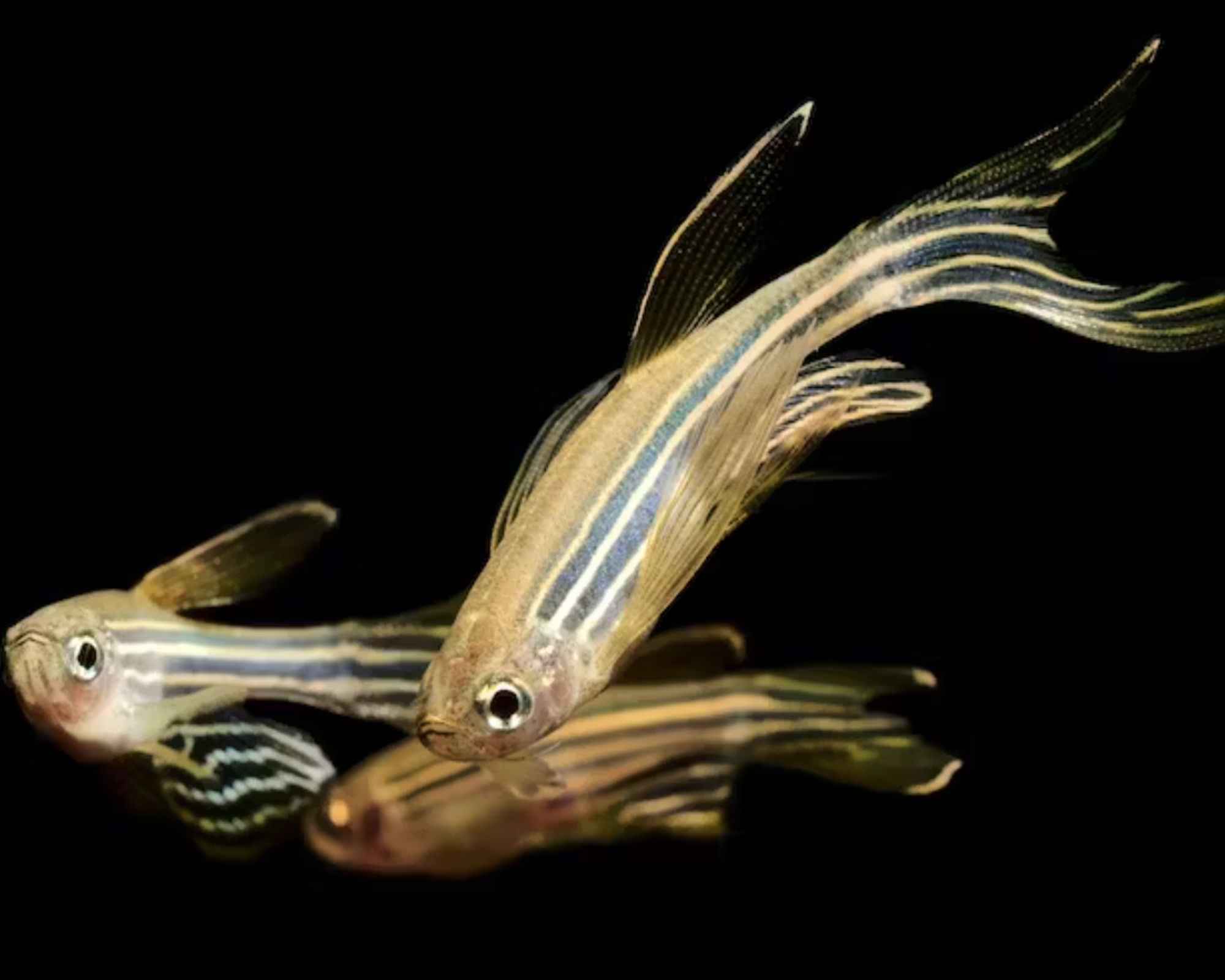
Discover how research using zebrafish may be applied to human biology.